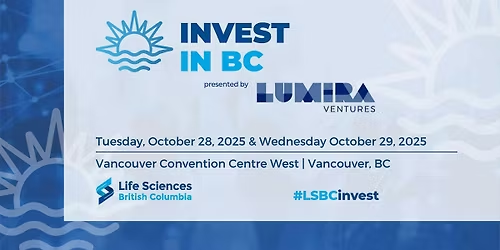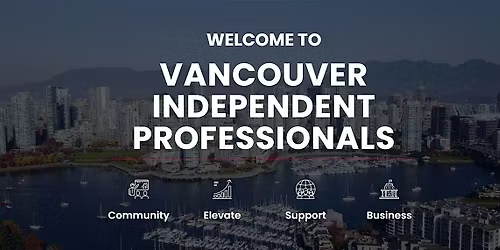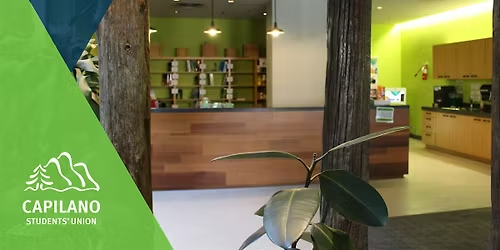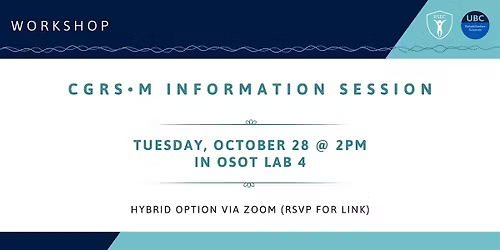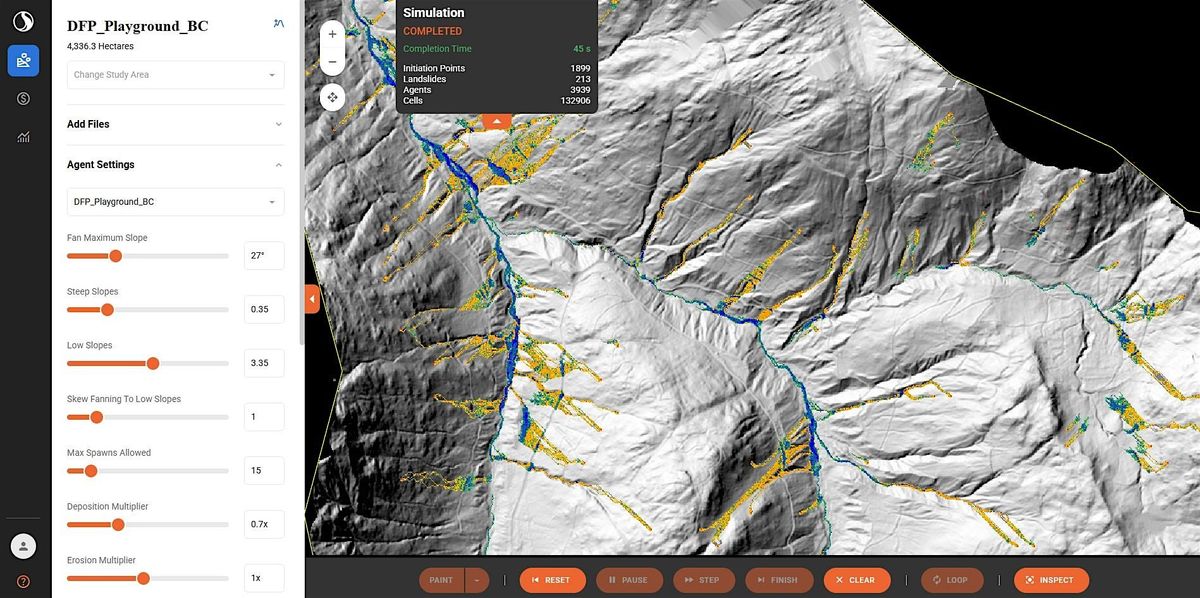
About this Event
Advanced Topics in Debris Flows
Advanced topics in debris flows is a practical hands-on course, delivered over a full day where, using DebrisFlow Predictor, you will build a model of debris flow hazards from the ground up for a watershed in Coastal British Columbia.
Debris flows are a form of rapid (> 3 m/s) shallow (< 3 m deep) landslide that surges downslope as a flowing liquid slurry, entraining soil, boulders, and large woody debris along the way. Debris flows tend to travel long distances from their initiation source, reaching relatively flat portions of the landscape where hazards may be unexpected and, as a result, can pose a significant threat to lives, infrastructure, the environment, and communities.
Debris flows, along with debris slides, and debris avalanches, are considered in British Columbia by professional assessments under the Professional Governance Act and the bylaws and professional practice guidelines of Engineers and Geoscientists British Columbia. There is a professional requirement to understand the potential runout and damaging characteristics of debris flows, to understand how debris flows hazards might change under different conditions (e.g. climate change or wildfire), and to produce credible models of hazard and risk.
Join us Tuesday October 28th, at Suite 1100, 111 Dunsmuire St. Vancouver BC! Bring your laptop (required) and be prepared to work in pairs or as individuals, supported by our SMEs, to develop a full landslide hazard model!
Note: Price includes 5% GST.
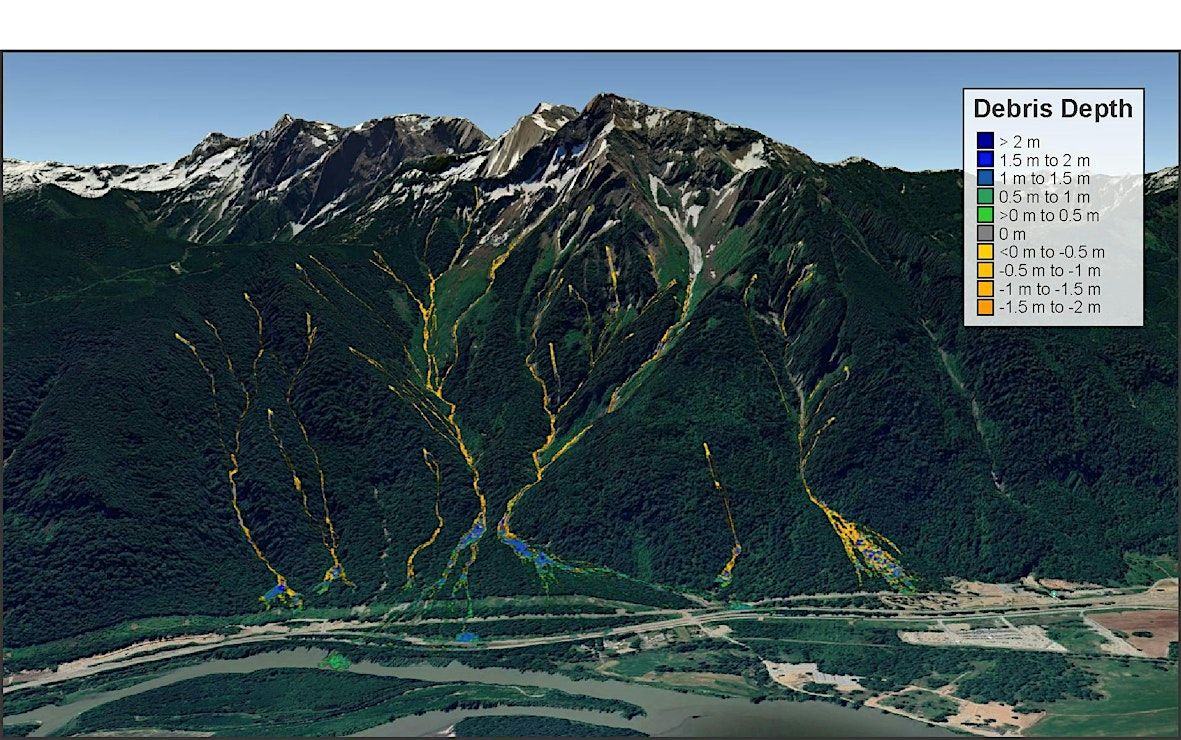
Agenda
🕑: 09:00 AM - 09:30 AM
1. Debris flow characterization and theory
Info: a. Types of debris flows and extremely rapid flow-type landslides
b. Pre-fire v post-fire debris flows
🕑: 09:30 AM - 10:00 AM
2. Hazard assessments
Info: a. Understanding time, space, and runout components
b. Recommended notation (note: the notation will vary slightly from guidelines but will exceed the requirements and add additional specificity, clarity, and defensibility of results)
🕑: 10:00 AM - 11:00 AM
3. Conduct a landslide inventory
Info: a. Initiation hazard in time and space (Ht and Hs)
🕑: 11:00 AM - 11:15 AM
Break
🕑: 11:15 AM - 12:00 PM
4. Determine runout (Hr) through debris flow modeling
Info: a. How to access DebrisFlow Predictor
i. Why DebrisFlow Predictor?
ii. What is an agent-based model?
iii. Where to find technical support.
b. How to calibrate DebrisFlow Predictor for local conditions
c. Develop confidence that your modeled results are reasonable
🕑: 12:00 PM - 01:00 PM
Working Lunch (Lunch Provided): Assess Hazard (Ht,s,r)
Info: a. How to assess hazard when the initiation site is known
b. How to assess hazard when the initiation site is unknown (the normal case)
🕑: 01:00 PM - 02:00 PM
6. Determine Encounter Probability
Info: a. Create a Landslide Fingerprint
b. Create a Landslide Hazard Fingerprint using annualized Hazard (observed)
c. Measure Encounter Probability at sites of interest downslope
🕑: 02:00 PM - 02:45 PM
7. Magnitude-Frequency Assessments
Info: a. Application of magnitude-frequency assessments
b. Managing probability data
c. The impacts of climate change and land use change
d. Integrating rainfall data into your hazard assessment
🕑: 02:45 AM - 03:00 PM
Break
🕑: 03:00 PM - 03:30 PM
8. Introduction to Risk Assessments (time dependent)
🕑: 03:30 PM - 04:00 PM
9. Protecting yourself as a professional
Info: a. Varying from current guidelines
b. Limitations of knowledge
c. Resources and extras: where to go to for help
🕑: 04:00 PM - 04:30 PM
Closure, presentation of Certificates
Event Venue & Nearby Stays
111 Dunsmuir St suite 1100, 111 Dunsmuir Street, Vancouver, Canada
CAD 682.50




